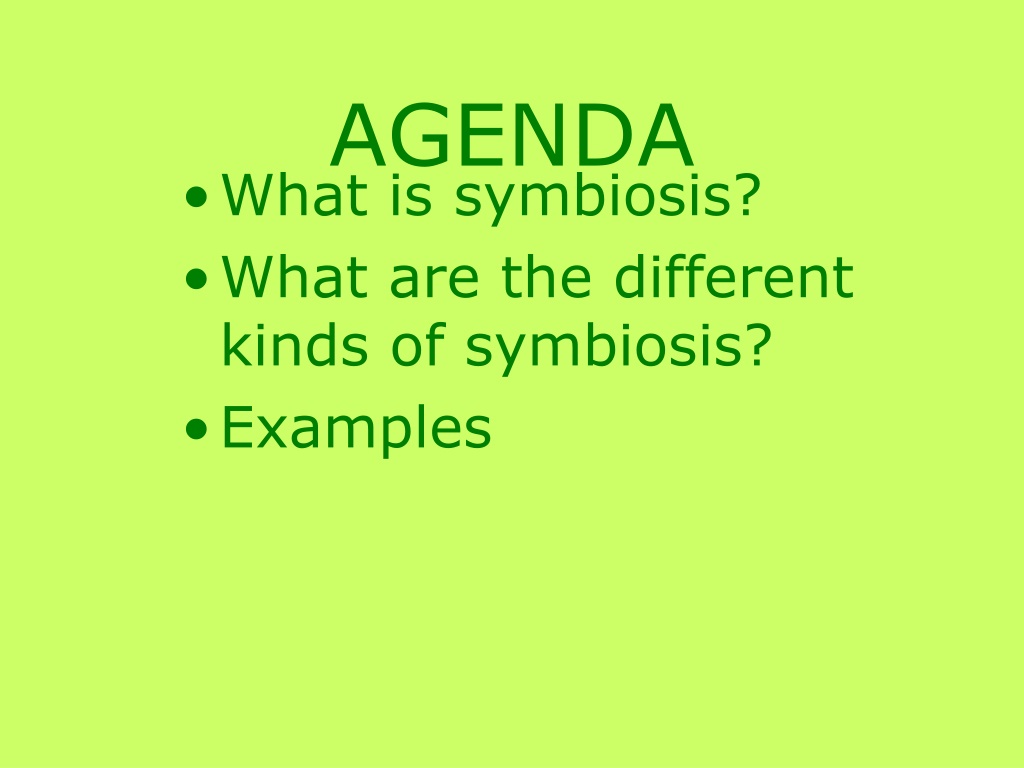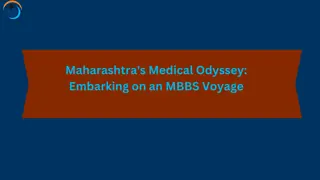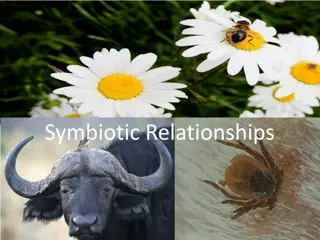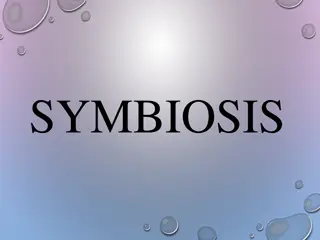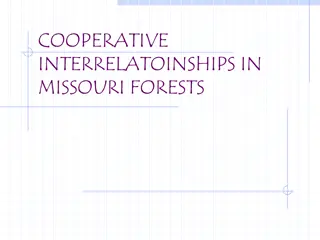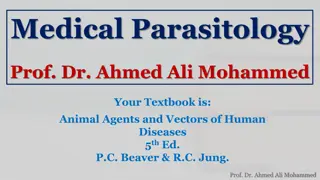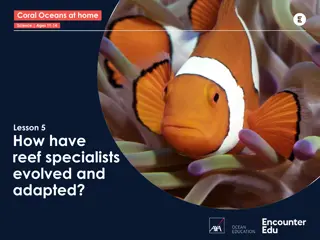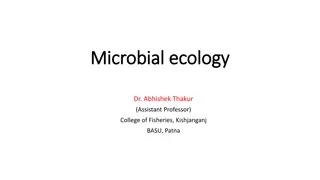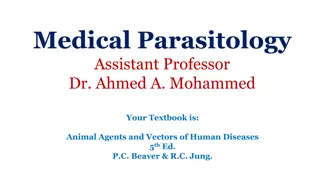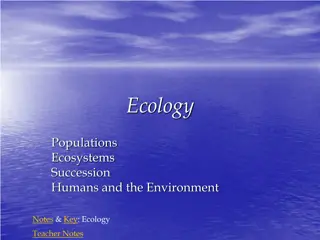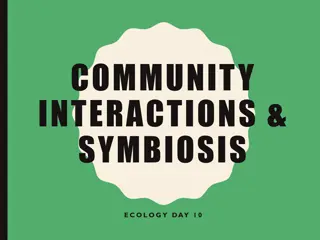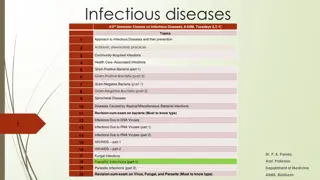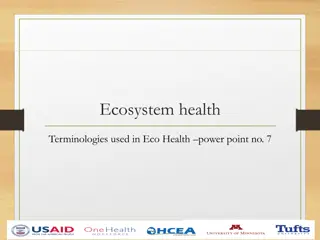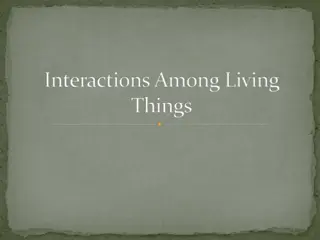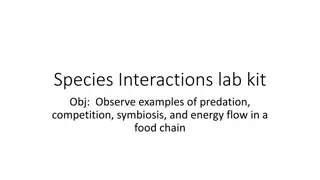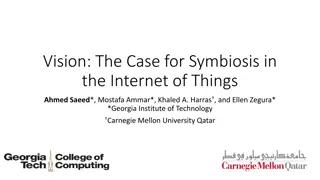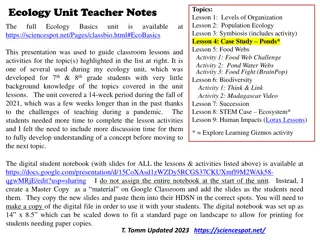Understanding Symbiosis: Types and Examples
Symbiosis is the act of living together, where two organisms coexist either temporarily or for an extended period. This relationship can be mutualistic, where both organisms benefit, commensalism with one benefiting and the other unaffected, or parasitism, where one benefits at the expense of the other. Various examples, such as the interactions between Acacia plants and ants, Moray Eels and Cleaner Fish, illustrate these different forms of symbiosis. Explore and learn more about these fascinating ecological relationships in this comprehensive presentation.
Download Presentation

Please find below an Image/Link to download the presentation.
The content on the website is provided AS IS for your information and personal use only. It may not be sold, licensed, or shared on other websites without obtaining consent from the author. Download presentation by click this link. If you encounter any issues during the download, it is possible that the publisher has removed the file from their server.
E N D
Presentation Transcript
AGENDA What is symbiosis? What are the different kinds of symbiosis? Examples
What is symbiosis? Literal definition: the act of living together What it means: Two organisms that live together Temporarily or for a longer time At least one of the organisms
What are the different kinds of symbiosis? Mutualism both organisms benefit Commensal ism one organism benefits one organism is unaffecte Parasitis m one organism benefits one organism is harmed
Example 1: Acacia plant with ant galls Ants lay eggs on acacia tree Acacia covers the infected area with brown flesh (gall) Parasitism: one benefits, one is harmed
Example 2: Moray Eel with Cleaner Fish Moray Eel gets a clean mouth Cleaner Fish gets a meal Mutualism: both benefit
Example 3: Cattle with cattle egrets Cattle stir up insects as they eat grass Egrets hang around and eat insects Commensalism: one benefits, one is unaffected
Example 4: Clown fish with anemone Clown fish gets protection Anemone is unaffected Commensalism: one benefits, one is unaffected
Example 5: Antelope with Oxbird Antelop e gets rid of parasite s Oxbird gets a meal Mutualism: both benefit
Example 6: Taenia worm in human eye Worm infects human blood stream Human may go blind Parasitism: one benefits, one is harmed
This powerpoint was kindly donated to www.worldofteaching.com http://www.worldofteaching.com is home to over a thousand powerpoints submitted by teachers. This is a completely free site and requires no registration. Please visit and I hope it will help in your teaching.
